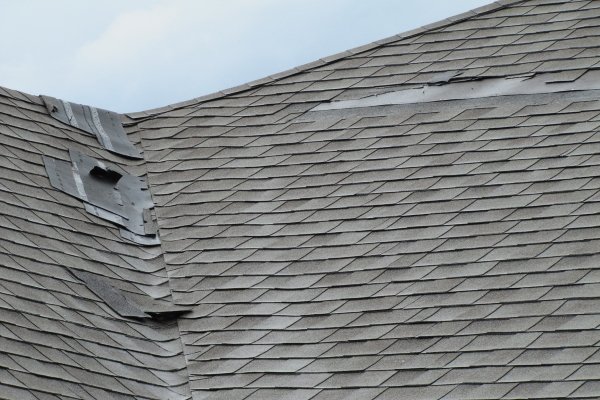
Rain, snow, or hailstorms will always pose a huge threat to any residential or commercial roof. Even with regular and superior Denver CO roofing maintenance services, a "big one" storm can rip apart your roof in a single incident. Thankfully, you can make storm damage claims if you have an insurance policy.
On the other hand, legal coverage can be extremely confusing. For starters, you know that the previous night's hail storm damaged your roof severely. However, the adjuster and their contractor tell you it's just "cosmetic" damage -- a minor form of roof injury. Therefore, the insurer doesn't have to pay out. JP Gonzalez-Sirgo clarifies the distinction between cosmetic and detrimental damage resulting to insurance payouts.
Clarifying Cosmetic vs. Structural Damage
Although most homeowners insurance claims involve some form of destruction to the home that impacts the “structure” or “function” of the home, a pure cosmetic loss caused by a covered peril also should be covered. This might become an issue when hail storms cause physical damage to a copper roof in terms of dents but the damage is entirely an issue of the physical appearance of the roof. Homeowners should be aware that they can pursue a claim under their homeowners insurance policy even when there is no structural damage or functional impact caused by a covered insurance peril.
This issue typically arises when insurance companies hire engineering experts who produce reports that indicate no structural damage to the home. When engineering experts inspect the roof of a covered property following a hail storm, they may produce a report that emphasizes that no functional or structural loss was suffered by the insured. The insurance company and the lawyers representing the carrier sometimes contend that it will not pay the claim because the insured did not experience any structural loss. (Continued here)
As you've speculated, other legal experts and entities do not view the insurer's "cosmetic" point of view as entirely viable. In fact, any Denver CO homeowner knows that over time, cosmetic damage that appear minor can result to huge problems if they leave it unattended.
Voss Law Firm indicates most insurers' confusing statements regarding roof cosmetic damages. This is a great supplement in helping make your storm damage claims viable in many ways.
Can Cosmetic Damage Be Covered by Property Insurance Policies?
Individual policies vary quite a bit in how they cover damage to the appearance of a property, and the coverage can surprisingly difficult to understand. For example, some policies exclude cosmetic damage, but will technically cover direct physical loss from hail, even if it did not involve structural damage. What this means is, in some policies, a dented roof may be excluded, but a roof dented by hail would be covered
In practice, what the insurance company considers cosmetic damage is rarely straightforward. In the example of the dented metal roof, what happens if the dents have subtly affected drainage, runoff, or seals? What happens when repairs for cosmetic damage to a home or business cost tens of thousands of dollars? (Continued)
Now that you're familiar with the common storm damage headaches, it's time to begin your claim. United Policyholders has an excellent in-depth guide that tells you about objectives you must accomplish before, during, and after a severe storm capable of damaging your roof. Read more about the steps below.
Claiming for Storm Damage Insurance Policyholders
Big storms bring heavy rains and wind. On the insurance front, people who suffer property damage and losses from a large storm face possible complications collecting policy benefits to pay for repairs. Home and renters policies exclude some but not all types of water damage. "Flood" damage (your policy should define what the insurer considers a "flood") and earth movement are excluded. Water damage from sewers and drains that back up may or may not be covered, depending on the wording in the specific home/renters policy. If wind or falling trees cause damage to pipes or contribute to water getting into a dwelling, there may be coverage under a home/renters policy. If you have a separate flood policy, flood insurance may cover damage from inundations and mudflow with a number of limitations and exclusions.
What to do before and during a severe storm (Continued)
If you need a roofing contractor that will provide inspections and a clear overall view of your roof's condition, you can count on Roper Roofing. We have been serving properties across Denver CO for more than 10 years. Contact us today to receive the best roofing services now!